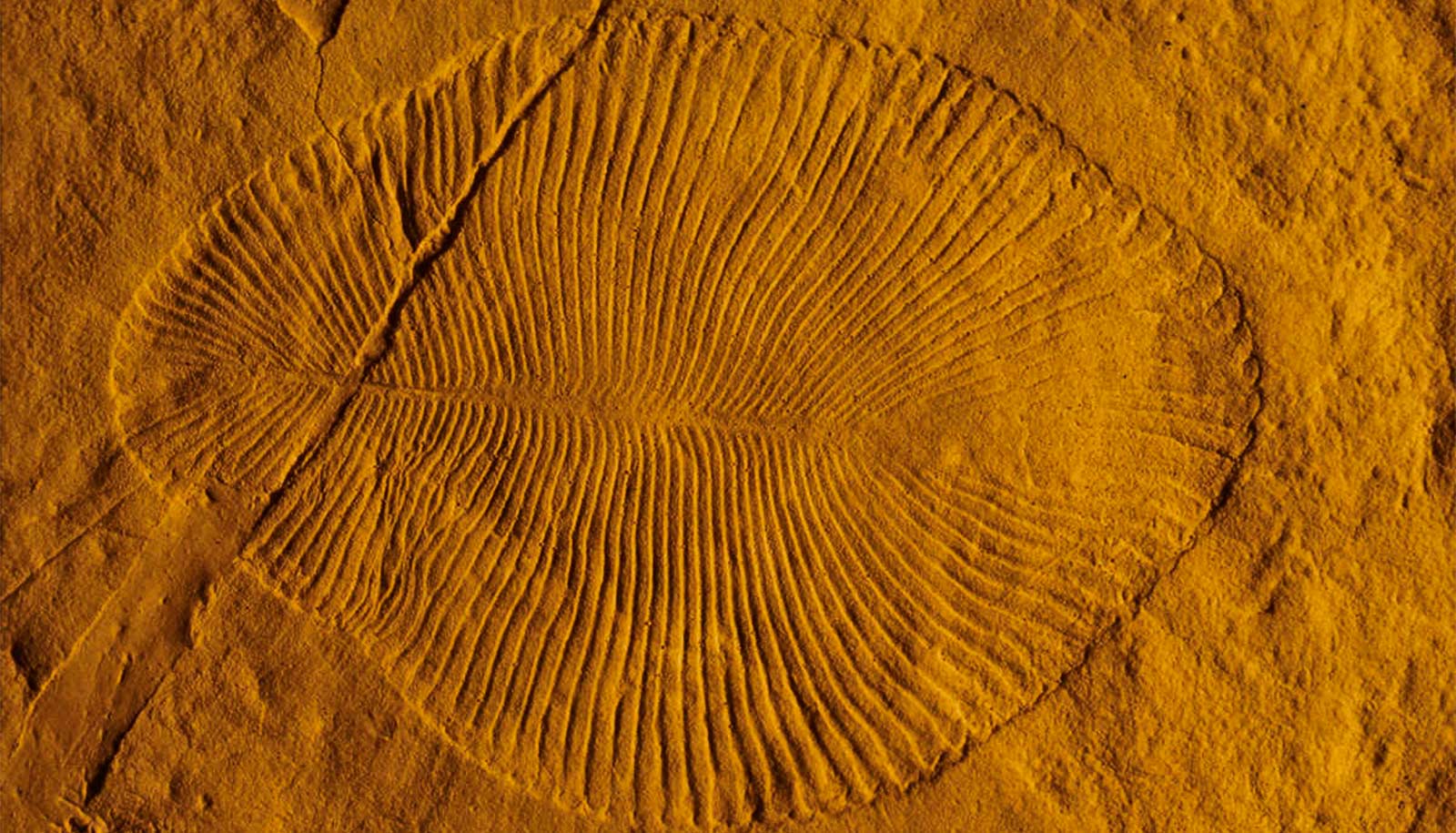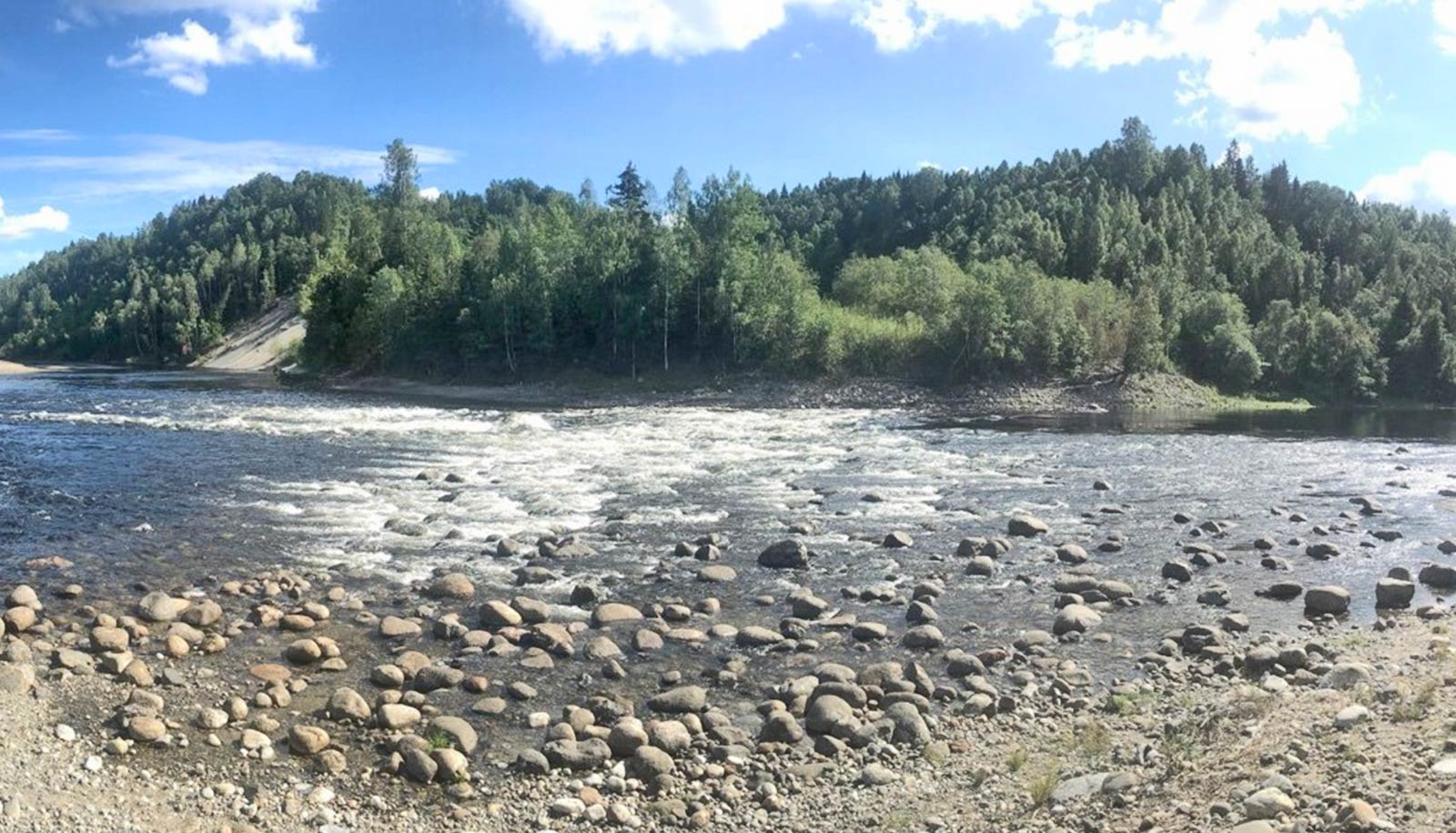Earth’s first snowfall may have occurred after a lot of land rose swiftly from the sea and set off dramatic changes on Earth 2.4 billion years ago, research suggests.
That idea comes from research on shale from geologist Ilya Bindeman’s Stable Isotope Laboratory. Shale is the world’s most abundant sedimentary rock, and the lab used samples from every continent.
“Initially, Earth would have been dark blue with some white clouds when viewed from space. Early continents added to reflection.”
Scientists looked at ratios of three common oxygen isotopes, or chemical signatures. They found archival-quality evidence from as far back as 3.5 billion years ago showing traces of rainwater that caused weathering of land.
Shale rocks form from the weathering of crust. Bindeman, a professor in the department of earth sciences at the University of Oregon, initially began collecting shale samples while doing petroleum-related research. “They tell you a lot about the exposure to air and light and precipitation,” he says. “The process of forming shale captures organic products and eventually helps to generate oil. Shales provide us with a continuous record of weathering.”
As reported in Nature, Bindeman and his coauthors detected a major shift in the chemical makeup of 278 shale samples at the 2.4-billion-year mark.
Those changes began on a planet that was much hotter than today when the newly surfaced land rose rapidly and was exposed to weathering. Based on his own previous modeling and other studies, Bindeman says the total landmass of the planet 2.4 billion years ago may have reached about two-thirds of what exists today.
The emergence of so much land changed the flow of atmospheric gases and other chemical and physical processes, primarily between 2.4 billion and 2.2 billion years ago, he says. It also happened amid large-scale changes in mantle dynamics.
“What we speculate is that once large continents emerged, light would have been reflected back into space and that would have initiated runaway glaciation,” says Bindeman. “Earth would have seen its first snowfall.”
Chemical changes recorded in the rocks coincide with the theorized timing of land collisions that formed Earth’s first supercontinent, Kenorland, and the planet’s first high-mountain ranges and plateaus. When the planet was much hotter, Bindeman says, such mountainous land could not be supported.
“Land rising from water changes the albedo of the planet,” he says. “Initially, Earth would have been dark blue with some white clouds when viewed from space. Early continents added to reflection.”
The rapid changes, the researchers note, may have triggered what scientists call the Great Oxygenation Event, in which atmospheric changes brought significant amounts of free oxygen into the air.
Scientists have long believed that Earth experienced a gradual or stepwise emergence of land between 1.1 billion and 3.5 billion years ago. Bindeman’s study points to an age near the middle of that span.
The timing also coincides with the transition from the Archean Eon, when archaea and bacteria—simple, single-cell life forms—thrived in water, to the Proterozoic Eon, when more complex life forms, such as algae, plants, and fungi, emerged.
The National Science Foundation supported Bindeman’s work.
Source: University of Oregon



